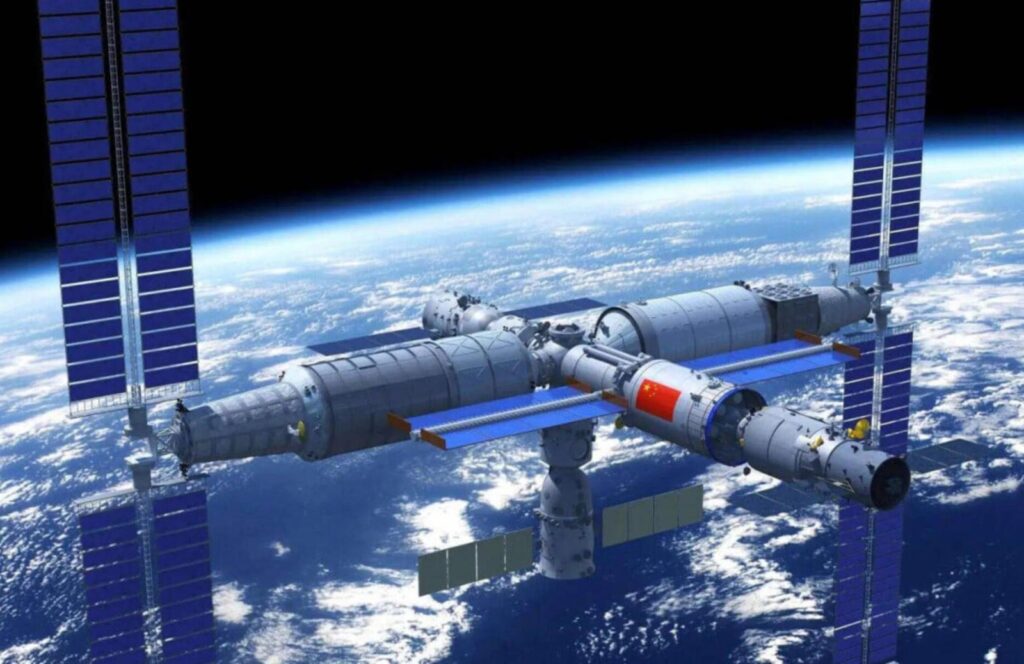Chinese scientists have discovered a new strain of bacteria on the Tiangong Space Station, named Niallia tiangongensis. The bacterium was discovered from samples taken inside the Tiangong Space Station during China’s Shenzhou-15 mission in May 2023. These samples were part of the China Space Station Habitation Area Microbiome Program (CHAMP), aiming to study microbial life in space habitats.
The China Space Station Habitation Area Microbiome Program (CHAMP) is a scientific initiative to study how microbes behave and adapt in the unique environment of the Tiangong Space Station, including microgravity, radiation, and confined spaces.
Closely related to Niallia circulans (bacteria found on Earth), this new bacteria has unique adaptations such as
1. Gelatin digestion to survive in nutrient-poor environments— it breaks down gelatin to use it as a food source.
2) Biofilm formation for protection against radiation and harsh conditions—by producing a slimy protective layer that helps it stick to surfaces and resist damage.
3) Spore formation to enter a dormant, resilient state which helps it survive in space—the bacterium creates a tough, dormant form to survive extreme environments.
The discovery of Niallia tiangongensis highlights how little we still know about the resilience of life in space and raises important questions for future long-duration missions. In the end, Niallia tiangongensis is another reminder that even in space, microscopic life finds a way.


